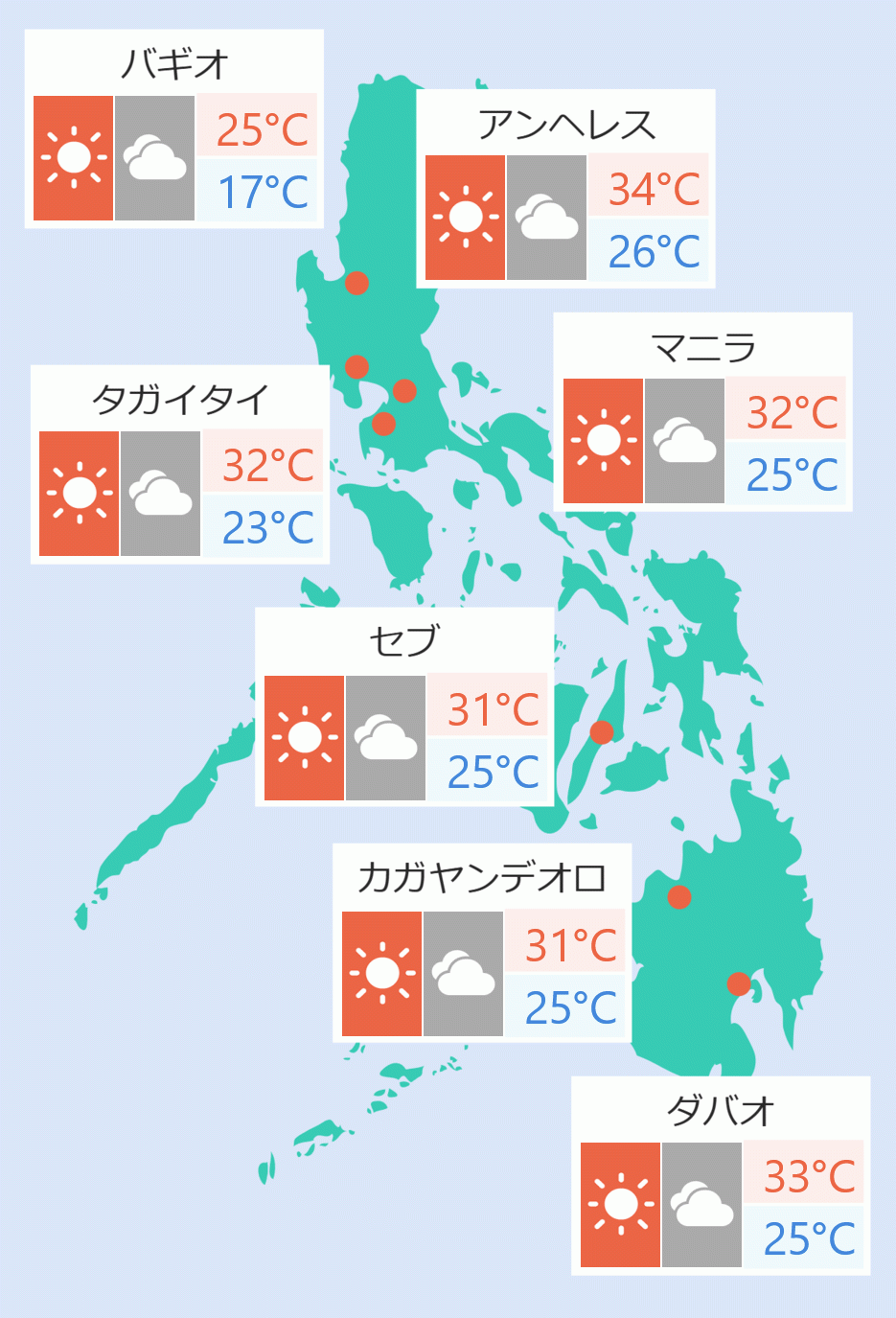By Robina Asido
Finance Secretary Benjamin Diokno said the Philippines is expected to have the highest growth rate among the ASEAN plus Three countries including Japan in the next two years.
In a Palace briefing on Wednesday, Diokno expressed belief that the country still has "a lot of fiscal space" as he expressed confidence that revenues will pick up.
Diokno said the finance department submitted its Medium-Term Fiscal Consolidation Framework from 2023 to 2028.
"In fact, yesterday we submitted what is called the Medium-Term Fiscal Consolidation Framework. That is from 2023 to 2028. That’s the six-year term of the President. This is presented for the first time. So we want to show the world that we are conscious of having a sound fiscal management," he said.
"Among the targets in that framework are the following: we expect the economy to grow by 6.5 to 7.5 this year. In fact, this is going to be the highest. The consensus is this will be the highest growth rate among all ASEAN Plus Three countries, this year and next year, okay. That’s the consensus," said Diokno.
"When I say ASEAN Plus Three, that Plus Three means Japan, South Korea, and China. The Philippines is expected to have the highest growth rate for the next two years. And then, it will be followed by a growth rate of 6.5 to 8 percent from the year 2023 to the year 2028," he explained.
Diokno said the Marcos administration is also concerned in poverty reduction and to bring down the national debt to 60 percent by 2025.
"We’re not only concerned with growth per se, we’re also concerned with reducing poverty... So our target is that by the end of President Marcos’s term, poverty incidence will be down to single digit, 9 percent. Our target under this framework is that the poverty rate will be down to 9 percent by 2028. Our target on the national government deficit to GDP ratio will be 3 percent starting 2026, ‘27, ‘28," he said.
"On the debt, national debt and you keep harping on this 60 percent (of GDP), that’s the target. It will be down to 60 percent by 2025, okay. Right now, it’s around 63 percent. So it will be slowly tapering off to 60 percent by 2025," he added.
Diokno also mentioned that the government is committed to spend more for the Build, Build, Build Program begun by former President Rdorigo Duterte.
"On the Build, Build, Build Program, we are committed to spend some five to six percent of GDP for infrastructure annually, between 2023 to 2028...As you know, during the last 50 years before Duterte, the spending on infrastructure was only less than two percent," he said.
He noted based on the framework, Marcos administration aims "to achieve what is called an upper middle-income status so that means that we are shooting for a 4,046 dollar per capita income for the Philippines by the end of the President’s term."
Diokno admitted that the inflation rate "will remain elevated for the next few months".
"To be accurate, the inflation targets or forecasts are done by the BSP not by the national government. And we estimate that inflation will remain elevated for the next few months so that the annual average inflation for this year will be in the neighborhood of 5 percent," he said.
"It will be down to 4.2 percent next year, that’s the average inflation, and it will be back to the range, our target range of 2 to 4 percent. It will be back to 3.3 percent by 2024," he added.
Diokno noted that the high inflation rate is a problem not only in the Philippines but in many other countries.
"This is a problem faced by many countries. You cannot cut inflation overnight. It has to be gradual," he said. DMS





 English
English










